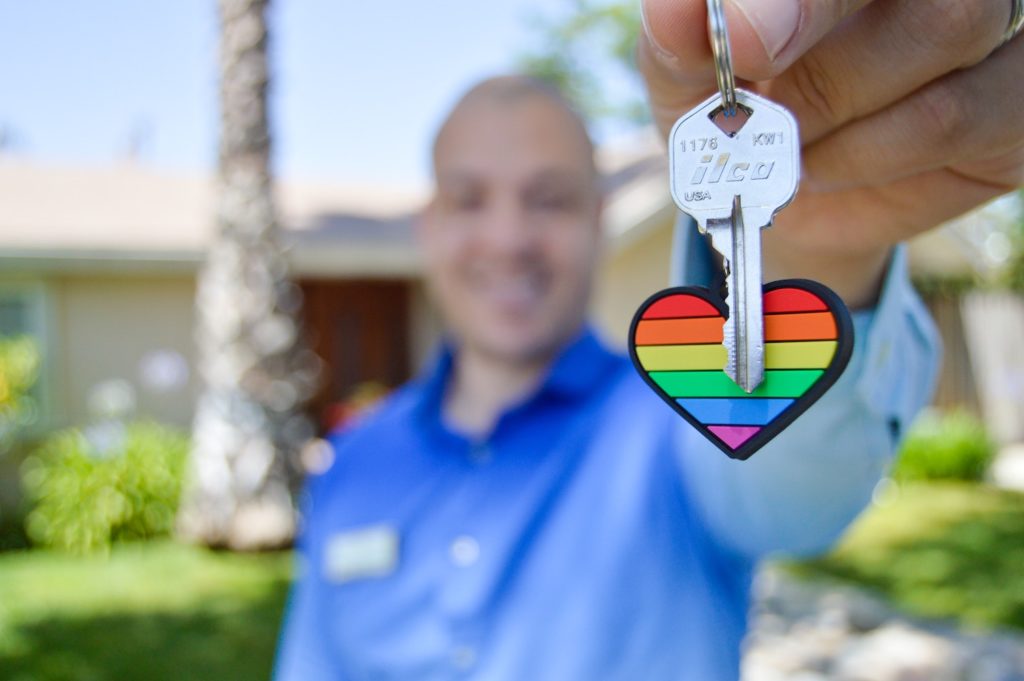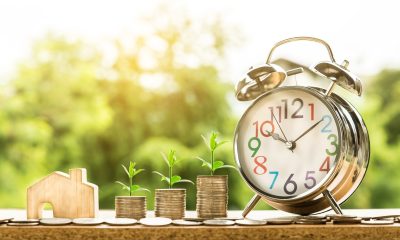Business
An investor strategy for millennial home buyers
The millennial generation has begun to return to the housing market as buyers. The prices of rental have finally become unsustainable and frustrated renters are now finally considering buying brick & mortar. Real estate investors are looking to this as an opportunity as the market moves away from buy to let and towards full ownership again.

Beginning in 2019, newscasts began to highlight statistics and surveys that showed the Millennial generation returning to the housing market as buyers. They have been notably absent for years, as the housing and mortgage bust in 2007 and later turned them off on homes as an investment. High student loan debt didn’t help either. Lately, the tables have turned, with more of that generation getting married and considering buying homes. They have run the numbers and found that in most areas it has become less expensive to own than to rent, and it does build equity over time.
Millennials are seeking to buy homes, but not necessarily because they are successful. Higher prices and mortgage issues related to student debt load do not make it easy. Many want to buy, but they’re frustrated with low inventory and high prices. Real estate investors may not look at this situation as an opportunity, but that’s because most are rental property oriented. Some of the house flippers are interested, but they have to find homes they can flip at a profit and younger buyers who can afford them. There is a niche strategy that can provide immediate cash flow and long term profits, however.
The sandwich lease strategy
Go to Craigslist in the nearest city and do a search for “rent to own” homes. You’re likely to find many of them, and many will be investor-owned. The mistaken impression is that they bought the home and are renting it to a tenant-buyer for cash flow. This is possible, but not the best and most profitable strategy. As its name implies, the sandwich lease strategy involves two lease-purchase deals with the investor in the middle of the sandwich. According to Roy Dekel, CEO of SetSchedule, a SAAS based business solutions tool for real estate professionals, “A lease sandwich can be a way to practically print money if done right, but it can be illegal if done wrong, so like any investment, do your homework, find the right strategy for you, and make sure that your arrangement is clear to all involved.”
Seller lease to investor
The investor finds a motivated homeowner who needs to sell, but they haven’t been able to do so. They often need to move for a new job, and they don’t want to leave the home unoccupied, nor do they want to be a landlord. Here are the steps:
• The investor leases the property with the option (not the obligation) to buy on or before a specified date, usually 3 to 5 years out.
• The negotiated purchase price is set in the lease-purchase agreement.
• The investor pays an up-front non-refundable option fee, for this example $2,500. This helps the homeowner to move and smooths acceptance of the deal.
• The monthly lease amount is the amount of the mortgage payment with escrows.
The owner is happy, able to move, and with some extra cash in their pocket.

Investor rent to own to tenant buyer
Now the investor finds a buyer or buyers who want to own the home, but they need some time to build their credit, pay down student debt, and save for a down payment. They love the home, and the deal works like this:
• They sign a lease-purchase with the option (not the obligation) to buy with the same time frame as the lease-purchase the investor signed with the owner.
• They have a negotiated purchase price that is more than the price the investor has agreed to pay the owner if the option is exercised (investor end profit).
• The tenant-buyer pays a $2,500 option fee, non-refundable and up-front.
• The monthly lease amount is set at an amount higher than the mortgage payment in the other agreement; this is the monthly profit cash flow for the investor.
The win-win-win in this situation
Everybody involved in this deal is a winner:
• The owner gets to move on without a mortgage payment and cash in their pocket.
• The tenant-buyer(s) can take the time to build their credit and save for a down payment.
• The investor gets positive monthly cash flow and a profit on the tail end if everyone exercises their option to buy.
What are the possible outcomes?
The first thing to remember is that both agreements are options to buy, but not obligations to do so. There are different possible outcomes, such as:
• The tenants break the lease and move out before the end of the lease period. If this happens, the investor has the legal remedies available for compensation for the broken lease. The investor can also find another tenant-buyer and create a lease with the end date the same as the one with the owner and terms as above.
• The tenants stay to the end of the lease, but they don’t exercise their option to buy. The investor can simply end the lease with the owner, in the same way, not exercising the option to buy and returning the home to the owner. Or, if the numbers work, the investor can do a whole new deal and start again.
• The tenant-buyer exercises their option to buy on or before the end of the lease. The investor does the same, and after both deals close, the investor gets the profit between the purchase and the sale prices.
This is a little complicated, and a few states do not allow these type of deals, so check yours. If you can do this type of deal, it can present a wonderful opportunity to get into the deals with no money out of pocket (the options fees cancel each other out), a monthly positive cash flow, and a possible guaranteed profit at the end.
—
(Published image by ErikaWittlieb from Pixabay
DISCLAIMER: This article was written by a third party contributor and does not reflect the opinion of Born2Invest, its management, staff or its associates. Please review our disclaimer for more information.
This article may include forward-looking statements. These forward-looking statements generally are identified by the words “believe,” “project,” “estimate,” “become,” “plan,” “will,” and similar expressions. These forward-looking statements involve known and unknown risks as well as uncertainties, including those discussed in the following cautionary statements and elsewhere in this article and on this site. Although the Company may believe that its expectations are based on reasonable assumptions, the actual results that the Company may achieve may differ materially from any forward-looking statements, which reflect the opinions of the management of the Company only as of the date hereof. Additionally, please make sure to read these important disclosures.

-

 Biotech2 weeks ago
Biotech2 weeks agoEFPIA Calls for Clearer AI Governance to Safely Transform Drug Development
-

 Africa22 hours ago
Africa22 hours agoBantuHub and L’Archer Group Partner to Invest €1 Million in Congolese Startups
-

 Markets1 week ago
Markets1 week ago2025 Chaos, Concentration, and the Road to 2026
-

 Biotech2 weeks ago
Biotech2 weeks agoSpain Prioritizes Clinical Benefit Over Efficiency in Funding New Cancer Drugs
























